Tank Strapping: A Comprehensive Guide
Tank strapping is a critical process used to measure the contents of storage tanks, particularly those holding liquids like oil, chemicals, or fuels. This process plays a vital role in tank calibration, which ensures accurate volume measurements and helps companies manage their inventory effectively.
Through tank strapping and calibration, businesses can track, regulate, and control their liquid assets with precision. These practices are widely adopted across industries such as energy, agriculture, transportation, and manufacturing, where accurate volume measurement is essential for operational efficiency and financial accuracy.
Companies that handle large volumes of liquids typically have established procedures for tank calibration and volumetric strapping to ensure consistent and reliable data. Whether it's for inventory tracking, compliance, or cost management, tank strapping is an indispensable tool in modern industrial operations.
What Is Tank Strapping?
Tank strapping involves measuring the physical dimensions of a tank—such as height, diameter, and circumference—to determine the volume of its contents. This data is then used to create a tank calibration chart or table, which provides a direct correlation between linear measurements and volume.
Measurements are typically taken in units like feet, inches, meters, or centimeters, while volumes are often recorded in barrels, gallons, liters, or cubic meters. These charts are usually mounted on the outside of the tank for quick reference during inspections or inventory checks.
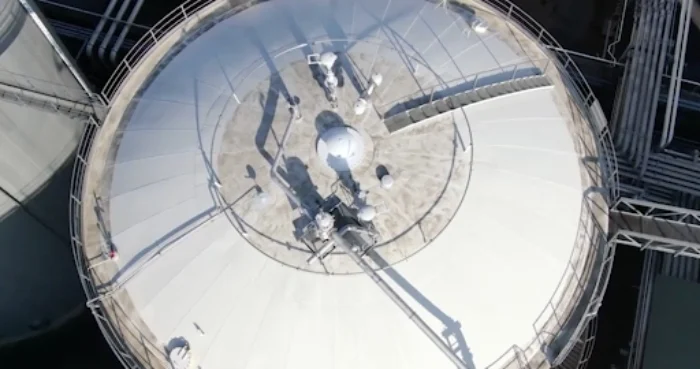 Diesel tank inspection
Diesel tank inspection
Why Is It Called Tank Strapping?
The term "tank strapping" originates from the traditional method of using a steel tape or strap to measure the tank’s contents manually. Although modern technology has replaced many of these manual techniques, the name has remained a part of industry jargon, reflecting its historical roots.
The Importance of Tank Strapping
Tank strapping and calibration are crucial for maintaining accurate inventory records and ensuring operational efficiency. Without proper calibration, manual or automated gauging systems may provide unreliable data, leading to overstocking, understocking, or costly errors.
By providing precise volume measurements, tank strapping helps companies save money, reduce waste, and improve decision-making. It enables businesses to monitor stock levels down to the last cubic foot, ensuring better planning and resource allocation.
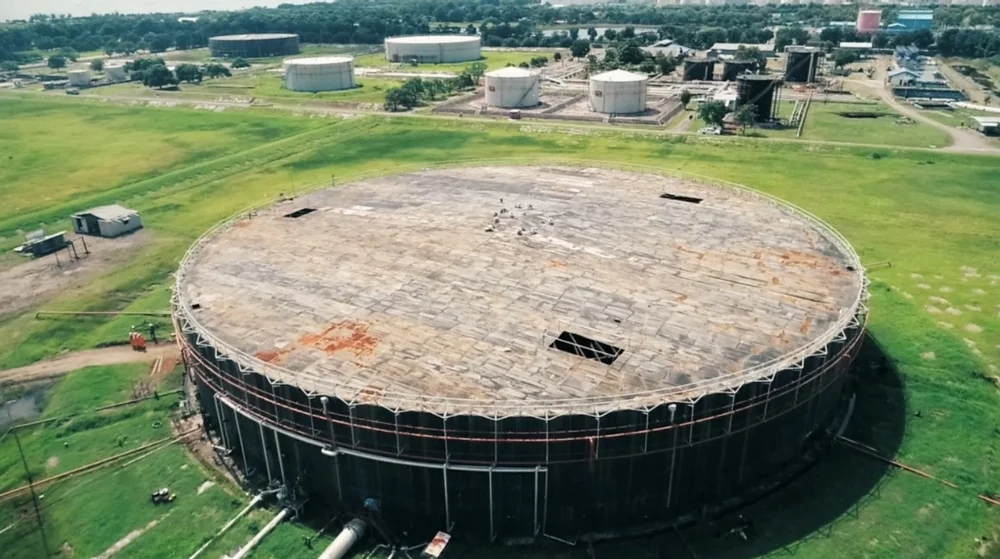
How Does Tank Strapping Save Money?
- It helps identify inventory losses more easily.
- Reduces errors in refilling or loading containers.
- Improves transparency for customers and partners.
- Enables precise tracking of remaining stock.
- Supports better inventory planning and monetization.
Accurate measurements also contribute to safer working environments, especially when dealing with hazardous or volatile substances. By knowing exactly how much is stored, workers can take necessary precautions, reducing the risk of accidents or environmental damage.
What Kinds of Tanks Need Calibration?
Any tank storing liquids, chemicals, fuels, or other commodities should be calibrated. Common types include vertical, horizontal, spherical, fixed roof, and floating roof tanks. Each type requires specific calibration methods based on its shape and usage.
Vertical Tanks
These tanks are often used for storing water, chemicals, or other liquids. They are designed to stand upright and are suitable for both indoor and outdoor use.
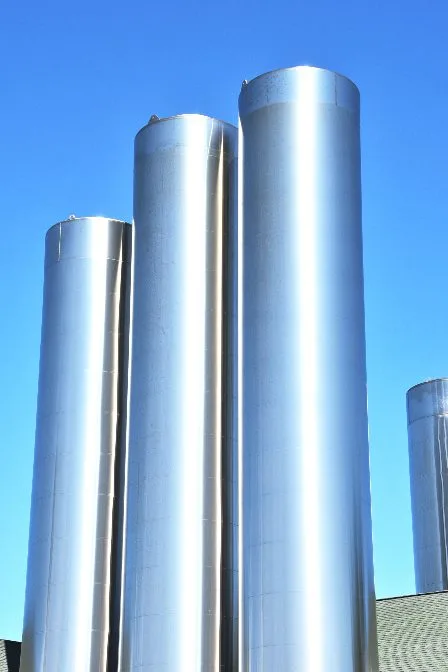 Vertical tanks containing milk
Vertical tanks containing milk
Horizontal Tanks
Smaller and easier to transport, horizontal tanks are commonly used for storing pesticides, fertilizers, or other bulk liquids.
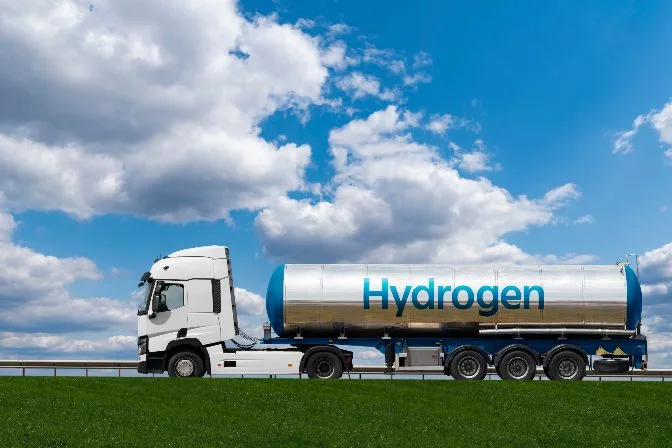 Horizontal tank containing Hydrogen
Horizontal tank containing Hydrogen
Spherical Tanks
Designed for high-pressure liquids or gases, spherical tanks are ideal for storing substances like butane or propane. Accurate calibration is essential to prevent dangerous conditions.
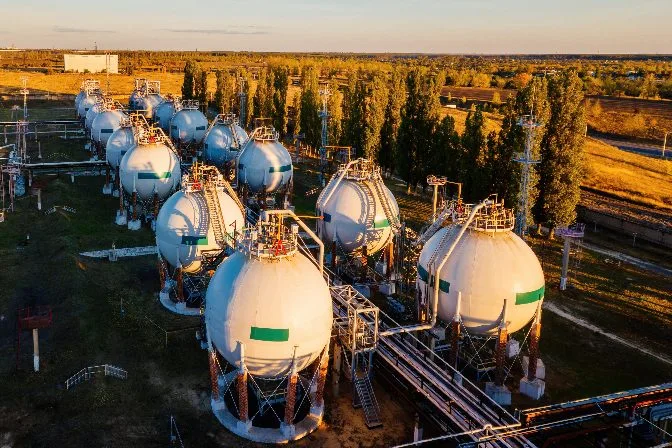 Spherical tanks containing gas
Spherical tanks containing gas
Fixed Roof Tanks
These tanks have a permanent roof, either conical or domed. Some are vapor-tight, while others include pressure relief systems for safe operation.
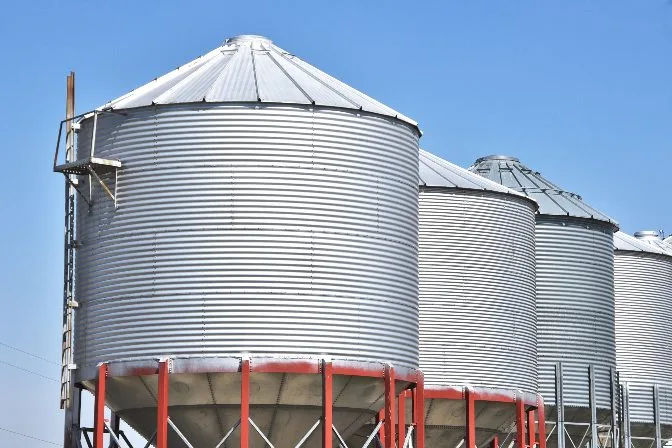 Fixed or closed roof storage tanks containing grains
Fixed or closed roof storage tanks containing grains
Floating Roof Tanks
Floating roof tanks have no vapor space. The roof floats on the liquid surface, moving up and down as the level changes. This design minimizes evaporation and improves safety.
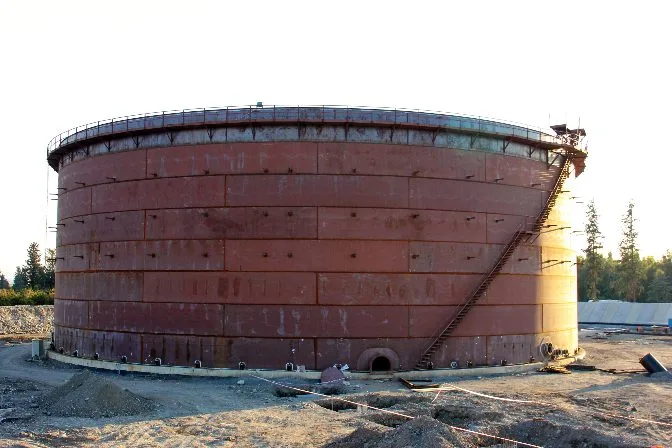 Floating roof tank containing crude oil
Floating roof tank containing crude oil
What Is a Tank Strapping Table?
A tank strapping table is a reference tool that translates linear measurements into volume readings. It is used by operators to quickly determine the amount of liquid in a tank based on height measurements.
Also known as a calibration chart, gauge chart, or dip chart, these tables are tailored to each tank and often include both metric and imperial units. Due to variations in tank shapes and sizes, each requires a unique calibration table for accurate results.
How to Read a Tank Strapping Table
Below is an example of a tank strapping table showing measurements in inches, millimeters, barrels, liters, and gallons:
| INCHES | MM | BBL | LITERS | US GAL |
| 2 | 51 | 1 | 159 | 42 |
| 4 | 102 | 2 | 318 | 84 |
| 6 | 153 | 3 | 477 | 126 |
| 8 | 203 | 4 | 636 | 168 |
This table allows users to convert depth measurements into volume. For instance, a reading of 4 inches corresponds to 2 barrels, 318 liters, or 84 gallons. Each tank will have its own unique chart based on its dimensions and construction.
Manual Tank Strapping Methods
Despite advances in automation, manual methods remain common, especially in smaller facilities or where high-tech equipment is not available. Manual strapping involves using tools like steel tapes, plum bobs, and leveling devices to measure liquid levels.
Innage Method
The innage method measures the depth of the liquid from the top of the tank. A weighted line (plum bob) is lowered into the tank until it touches the bottom, and the measurement is taken from the reference point above.
Ullage Method
The ullage method measures the empty space above the liquid. A tape is lowered until it reaches the surface, and the result is subtracted from the total tank height to calculate the liquid volume.
Other Manual Methods
Additional measurements, such as temperature, tank wall thickness, or the presence of floating objects, may also be required for accurate calibration.
Manual Tank Strapping Equipment
Essential tools for manual strapping include plum bobs, steel tapes, spring balances, and leveling tools. These help ensure precise and repeatable measurements, even in challenging environments.
Technological Tank Strapping Methods
Modern technology has revolutionized tank strapping, offering faster, safer, and more accurate methods. Solutions like continuous float-level transmitters, ultrasonic sensors, and radar systems provide real-time data without the need for manual intervention.
Continuous Float-Level Transmitters
These devices continuously monitor liquid levels and update measurements in real time. Ideal for foamy or vaporous liquids, they provide reliable data for dynamic environments.
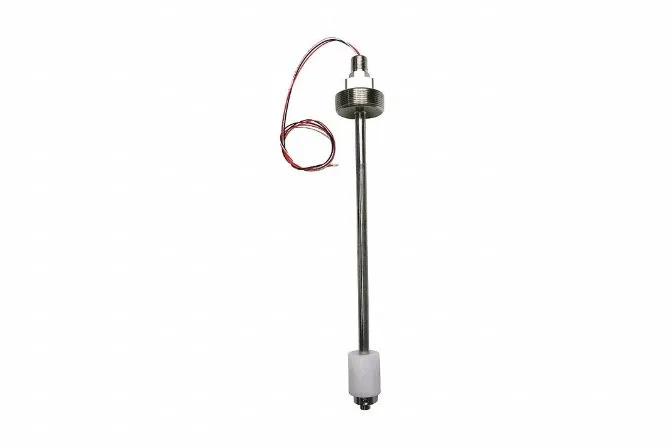 Continuous float-level transmitter | Source: Grainger
Continuous float-level transmitter | Source: Grainger
Electro-Optical Distance Ranging
This method uses 3D mapping to measure tank dimensions without physical contact. It is efficient for irregularly shaped tanks and reduces the need for scaffolding or manual labor.
Submersible Pressure Transducers
These devices measure pressure at the bottom of the tank to calculate liquid height. They are ideal for hazardous materials that cannot be measured manually.
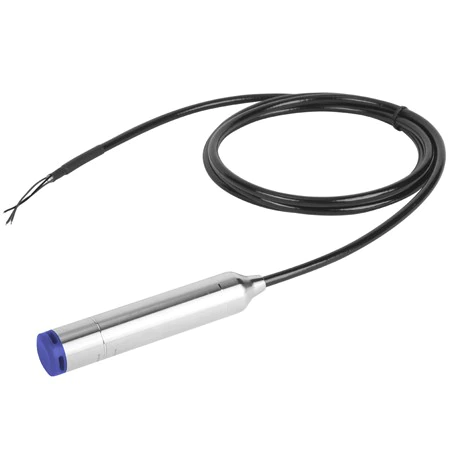 Submersible pressure transducers | Source: Omega
Submersible pressure transducers | Source: Omega
Ultrasonic Sensors & Radar Transmitters
These sensors emit signals that reflect off the liquid surface, allowing them to calculate the liquid level. They are cost-effective, low-maintenance, and ideal for regular monitoring.
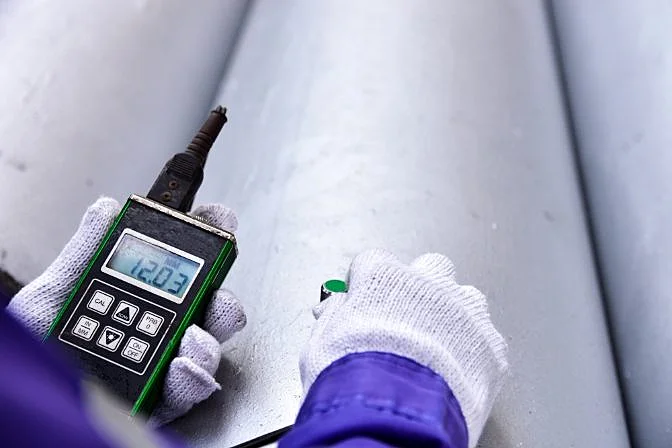 Ultrasonic sensor
Ultrasonic sensor
Drones in Tank Inspection
Drones are increasingly used in tank inspections due to their speed, flexibility, and ability to access hard-to-reach areas. They can capture visual data, create 3D models, and streamline the calibration process.
Flyability’s Elios 2 drone was used by PERTAMINA to inspect a large crude oil tank, significantly improving safety and efficiency compared to traditional manual methods. Drones offer a cost-effective solution for complex inspections, especially in hazardous environments.
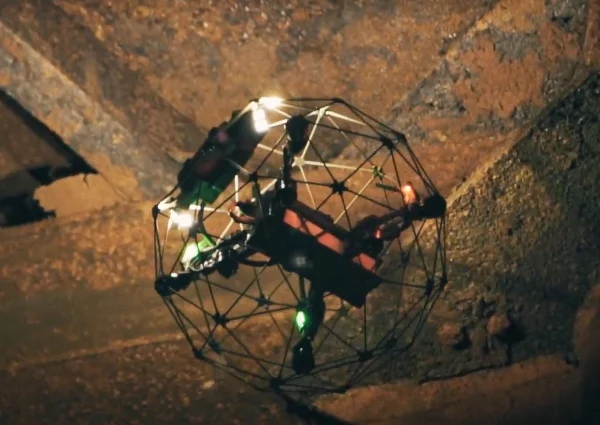 The Elios 2 in action inside the old tank
The Elios 2 in action inside the old tank
As technology continues to evolve, the integration of drones and advanced data analytics promises to make tank strapping even more efficient and accurate in the future.
[Read next: A Guide to How Drones are Used for Inspections]
Men'S Costumes,Clown Costumes,Party Playful Costumes,Halloween Outfit
Leadtex Animation Creative Co., Ltd. , https://www.leadtex.com